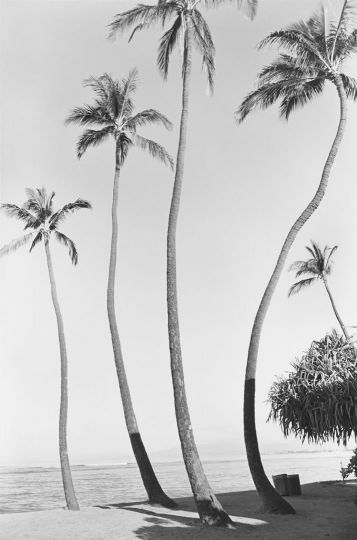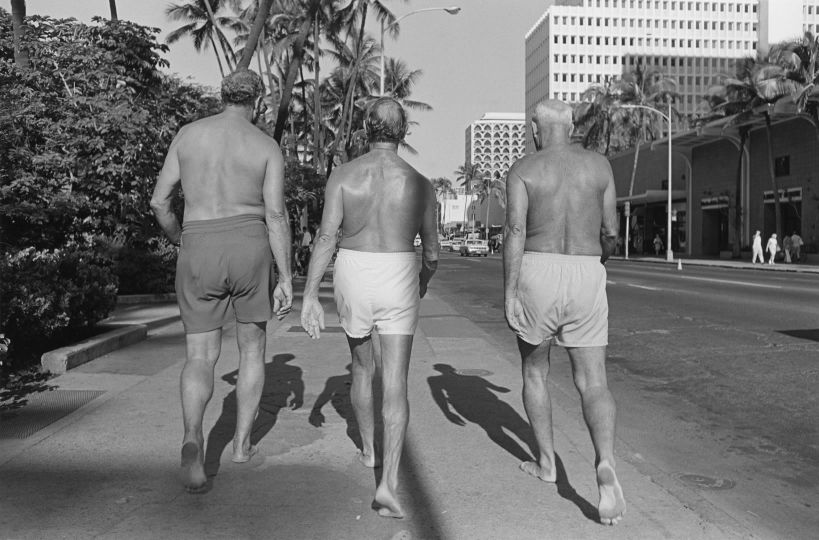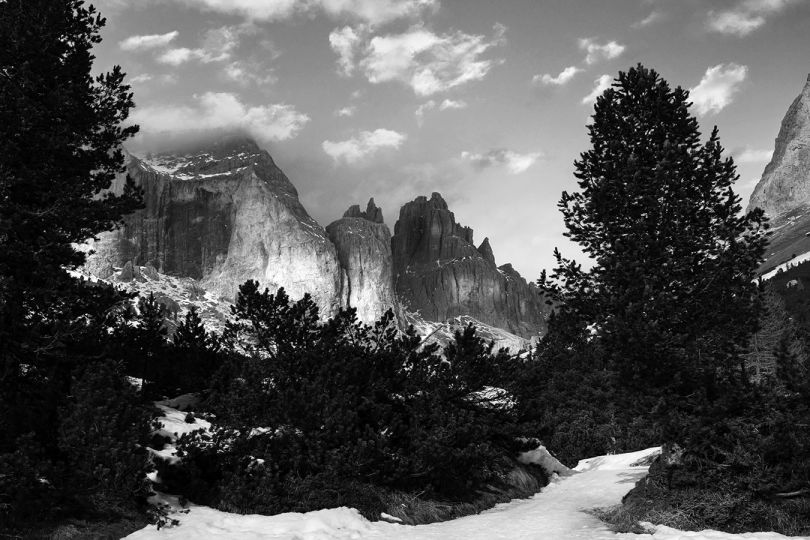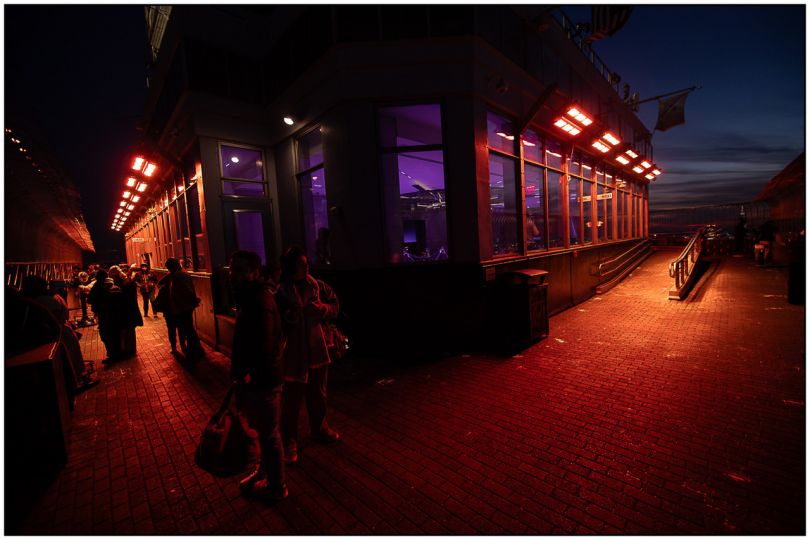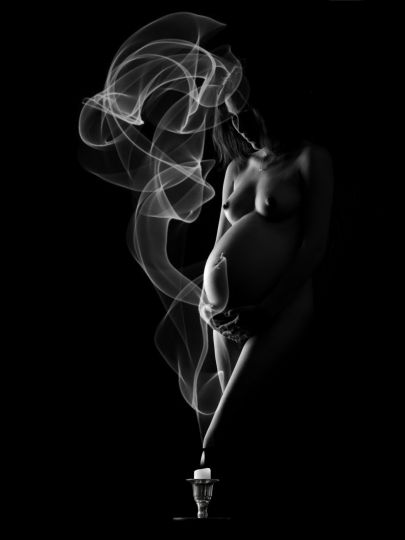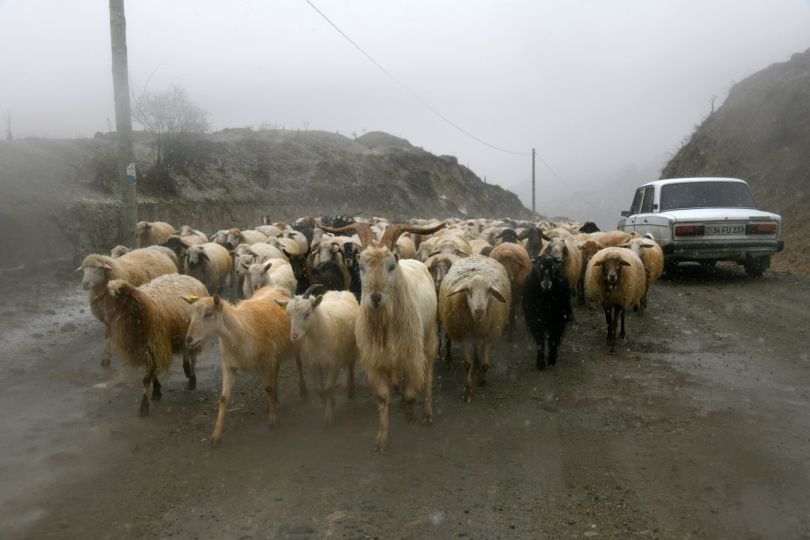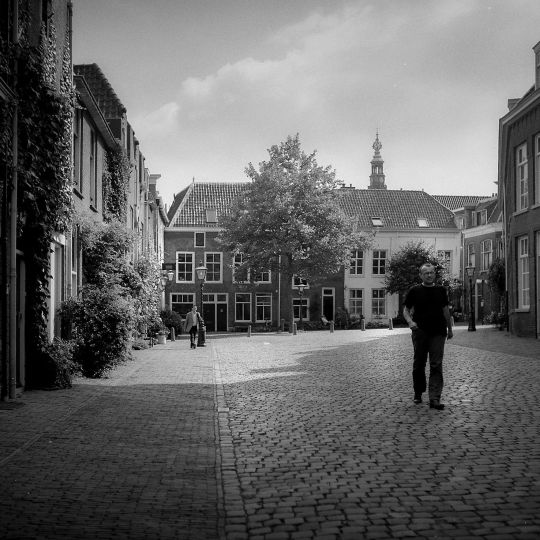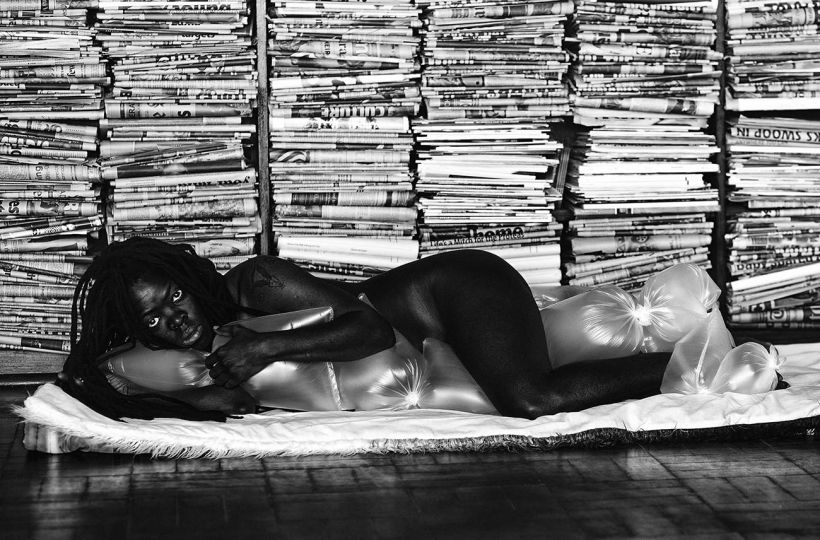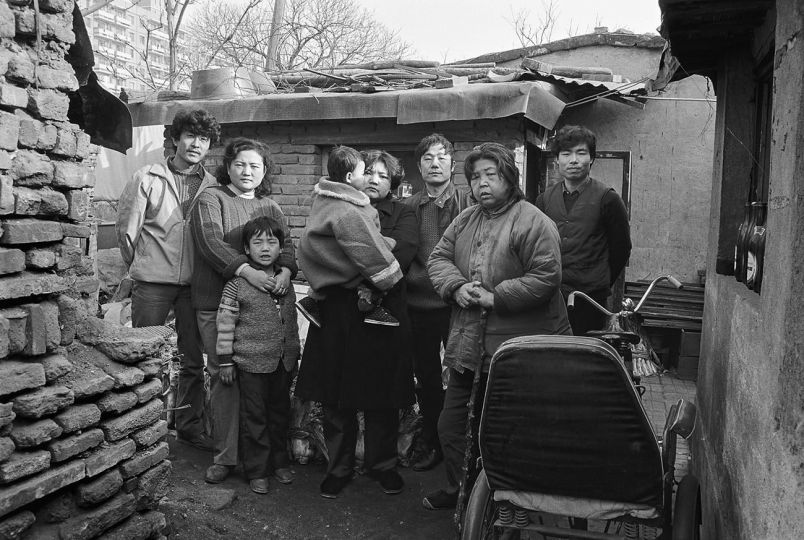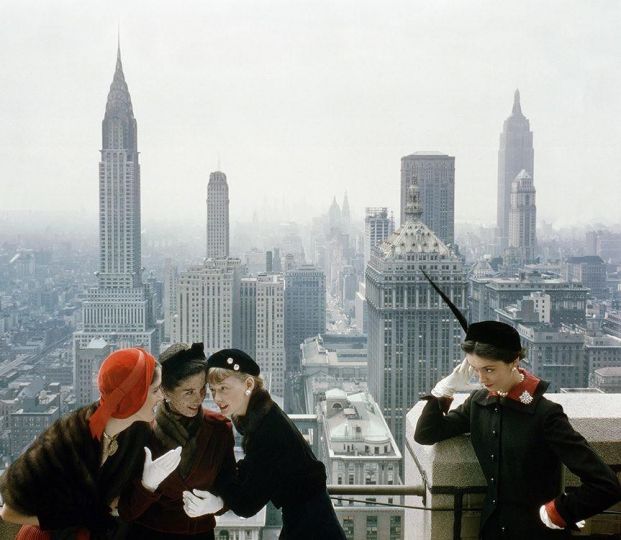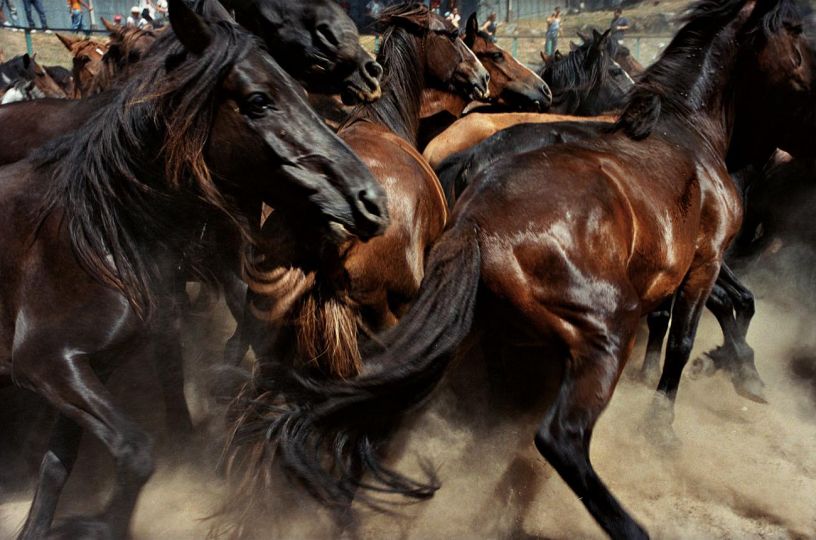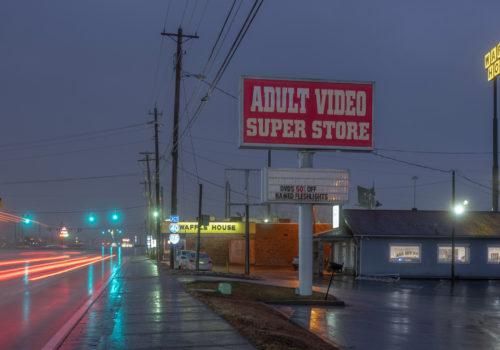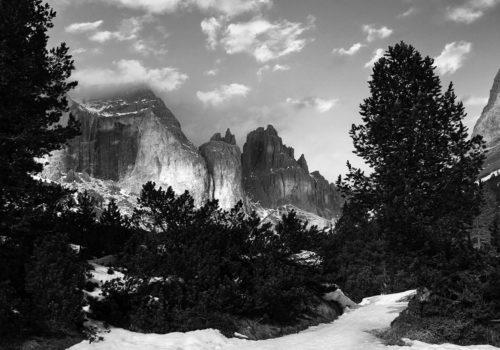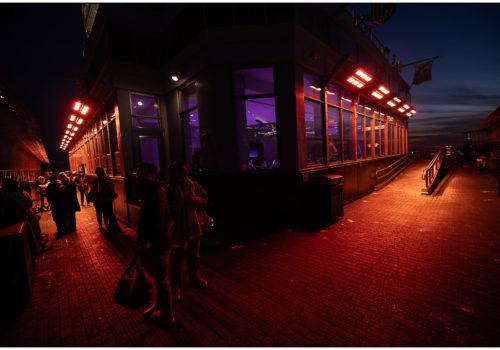Henry Wessel creates bodies of photographic images that subtly and effortlessly engage the viewer in a layered experience in a way that many photographers can only dream about accomplishing. His latest book, Waikiki (Steidl, 2011) is a skillful offering. This book chronicles our nostalgia-laden fantasy of paradise in the tropics as it butts up against the reality of Honolulu as a boomtown between the mid-seventies and the mid-eighties. The book was launched with a show in Cologne at the Galerie Thomas Zander last summer. It does not include a section from that exhibition of images taken at night, a longtime favorite practice for Wessel.
The cover invokes the paradise we all hold in our mind from the forties perfectly. A black and white image of palm trees, sand, water with a bit of a hut on the side. The image is smallish, a bit like a snapshot a soldier might send home. It lies on a vast cream background, evocative of the past. And that is the last reference to our collective fantasy about Hawaii. The book tackles very contemporary issues about identity, culture and our relationship to nature.
Wessel’s good friend Lewis Baltz sent an email to him about the work, which sums it up best: “I feel an elegiac sense in this work that I never saw before when it was intermingled with other images. I can only agree with your author (SFMOMA photo curator, Cory Keller) that it is far more densely inhabited than your other works, but for me the effect of this is the opposite of one might expect, what I feel is the loneliness and futility of life in this paradise. I thought that maybe I wanted to go to Hawaii after I died, but now, I think maybe not.”
Waikiki is about the individual in the environment, but it is also about the man made environment that is created within the natural environment and how they exist side by side. Wessel does not have a hidden agenda here. He explores this fully by juxtaposing the natural with the built, celebrating light as it falls across the planes of modern architecture.
Each image is about the light falling across the banal, transforming the interstices of life into the real dynamics of the moment. The prints are so masterfully manipulated – there is a full range of tonality yet the images are infused with light. The viewer recognizes that innate kinesthetic experience immediately while the psychic pain of alienation contradicts that deeply satisfying body memory. What is paradise, then, if not being connected to all the true rhythms of our nature? Is all the hard work we direct to maximizing our vacation for naught if we cannot simply “Be”?
The work is actually made much stronger because all of these very serious intellectual and spiritual concerns are injected with a quiet sense of humor and irony. We smile at details: a Japanese honeymoon couple walk in the water along the beach with their street sandals on, a young man is caught with a halo of tiki torches around his head, a surfer has carefully placed his surfboard in the shadow of a palm to take a nap in a thin blade of shade.
The final image works so well with the cover image to convey the message of this book. It shows the gritty inside of a public bus with graffiti scrawled all over the seats and sides. Through the window we see a faded, over exposed stretch of beach. After a thorough exploration of heaven on earth we are left with our imperfect selves and the attainment of paradise remains just outside our grasp.
Melanie Light
Melanie Light is the co-author with Ken Light of Coal Hollow (UC Press, 2006) and Valley of Shadows and Dreams, (Heyday, 2012). She has published two special-edition books: Night at the Met, with photographs by Larry Fink and Mad Day Out, with photographs of the Beatles Stephen Goldblatt. She was the founding executive director of Fotovision, a nonprofit dedicated to supporting the international community of documentary photographers, and is the recipient of grants from the Soros Documentary Fund and the Rosenberg Foundation. Ms. Light teaches and lectures internationally.
Waikiki, by Henry Wessel, Steidl 2011
60 pages
29.5 cm x 29.5 cm
Clothbound hardcover with a tipped-in photo
Steidl, 2011
ISBN: 978-3-86930-300-0
Price
UK £50.00
US $85.00
EC €58.00

